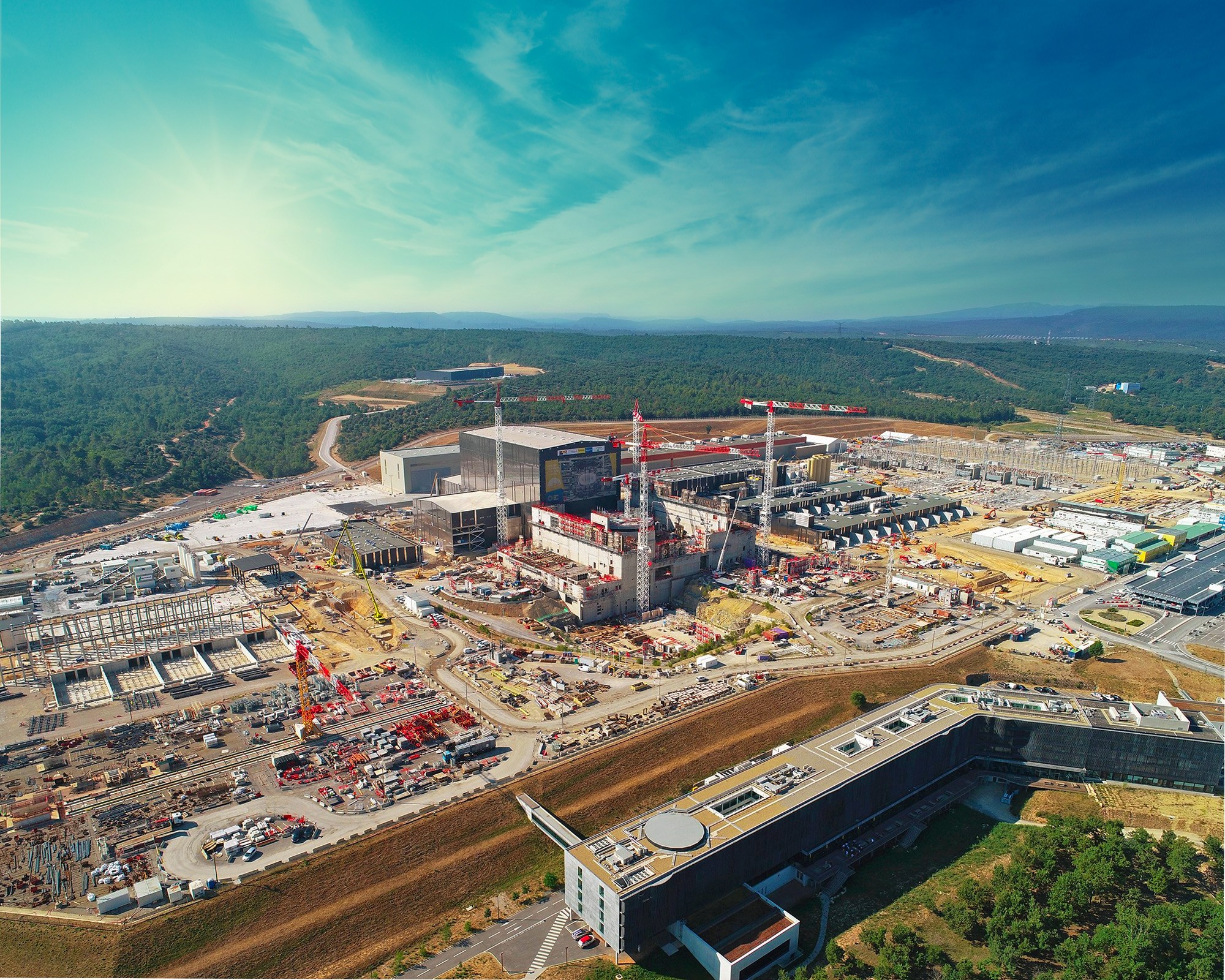

The story so far
This one-of-a-kind scientific collaboration dates back to 1985. Premier Gorbachev (former Soviet Union), following discussions with President Mitterrand (France), proposed to President Reagan (United States) that an international project be set up to develop fusion energy for peaceful purposes. At that time, the Soviet Union, the United States, the European Union and Japan formed the parties that agreed to work together. A first design was completed in 2001. China, the Republic of Korea, and later on, India joined the project. On 24 October 2007, they signed an international agreement to build ITER.
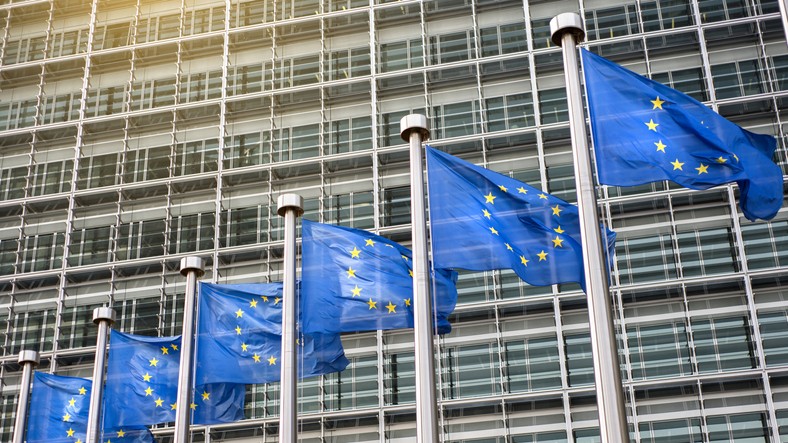
The Parties will have to decide the location of the biggest experiment in the field of fusion energy.
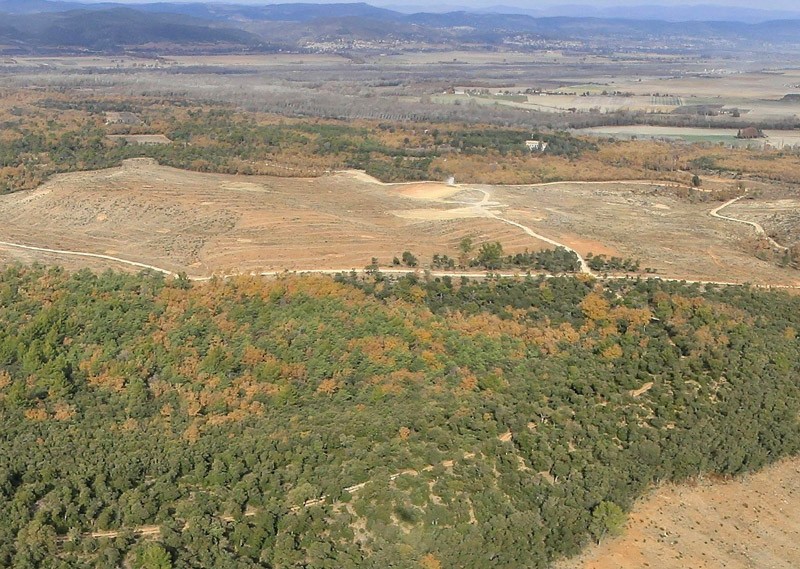
Meanwhile, the seat of Fusion for Energy (F4E), the EU organisation managing Europe’s contribution to ITER, is established in Barcelona.

The seven Parties meet in Paris to sign the agreement establishing the ITER Organization responsible for the phases of building, operation, and decommissioning of the project.

The EU organisation gets ready to launch Europe’s first tenders for ITER.
Works begin on the ITER site – 90 hectares of land start to be cleared.
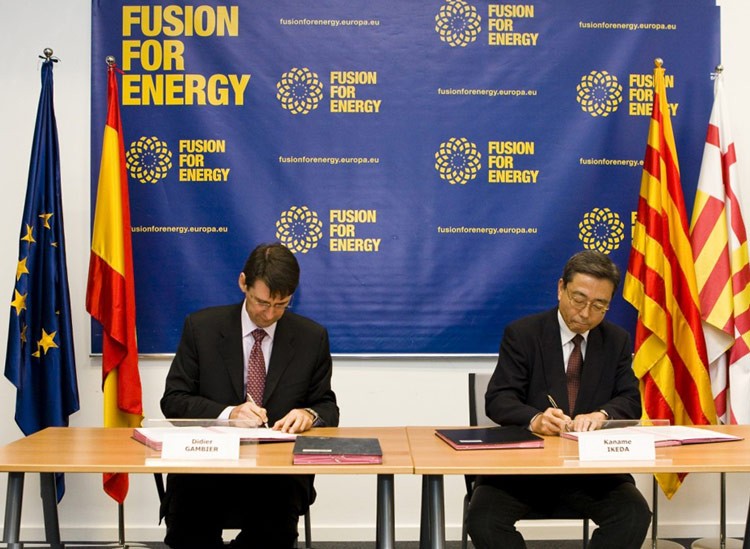
A tender for the supply of chromium plated copper strand marks the operational phase of F4E.The material will be used in the manufacturing of ITER’s powerful superconducting magnets which will confine and stabilise the machine’s hot plasma.
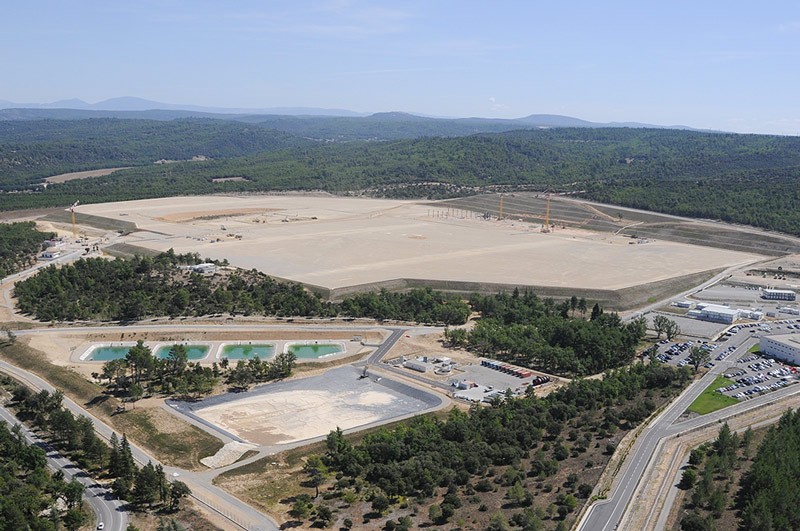
The 42 hectare-platform to host the ITER buildings, infrastructure and power supplies is ready. Respecting biodiversity has been key to the works performed. Watch the video
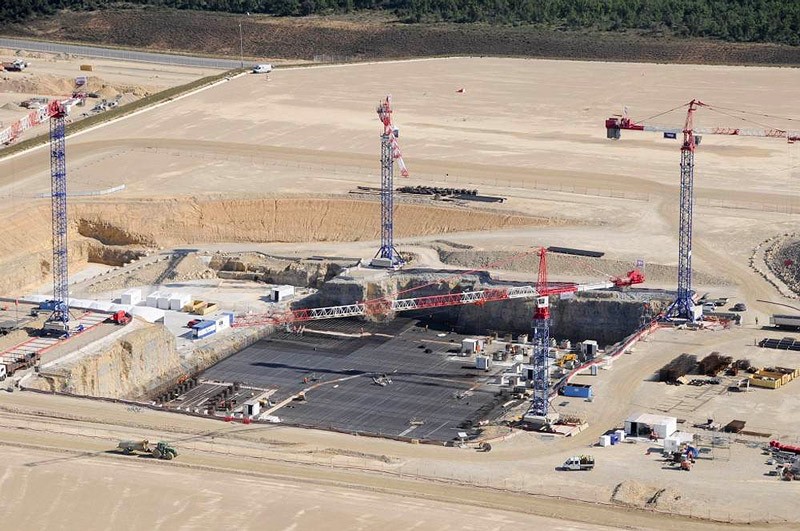
This is where the Tritium, Tokamak, Diagnostics buildings will be located.
Some 400 000 t will rest on its lower basemat of the complex.
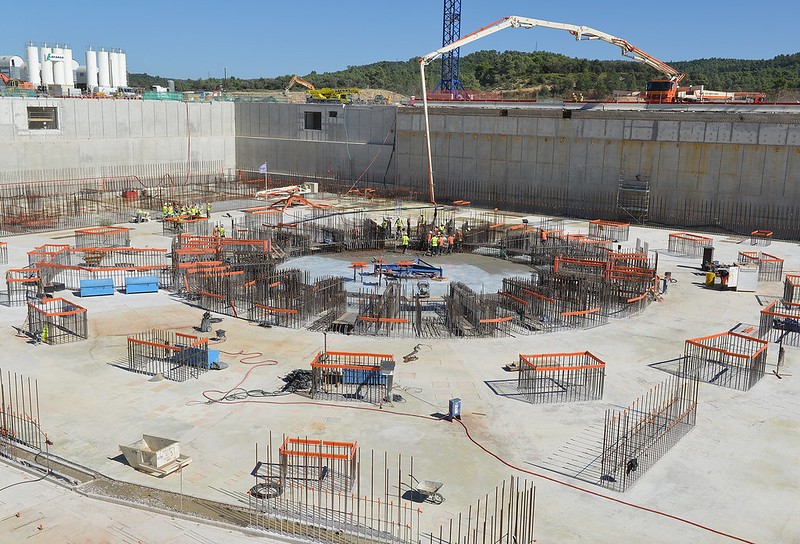
The slab covers an area of 9600 m2 and comprises 14 000 m3 of concrete, 3 600 t of rebar and 2 500 embedded plates. Watch the video
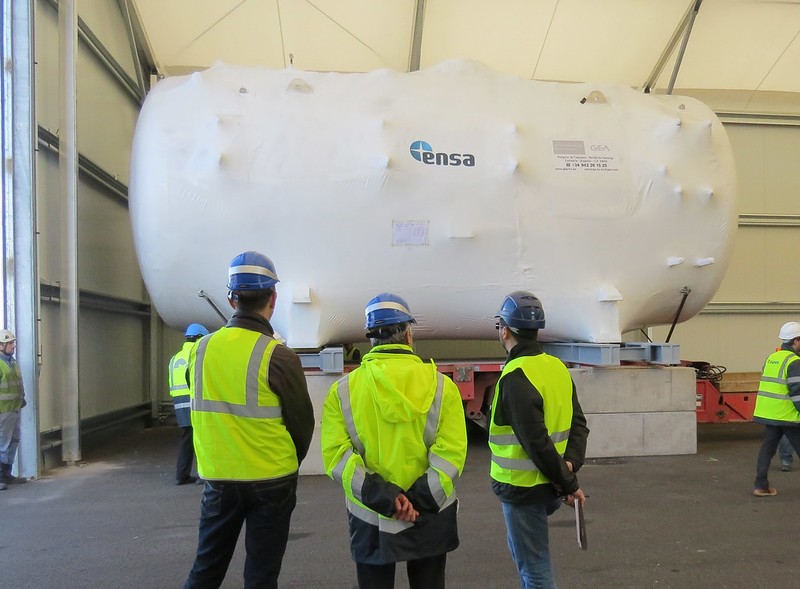
Six large-sized tanks, part of the water detritiation system, arrive on-site.
The tanks will play a role in ITER’s fuel cycle system. Watch the video
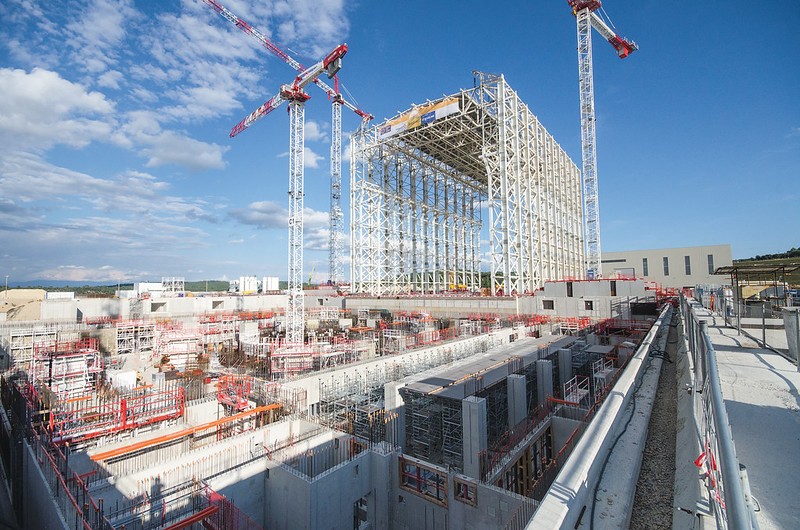
An impressive 100 m long workshop will welcome the bulky components to be put together so as to be installed in the machine.
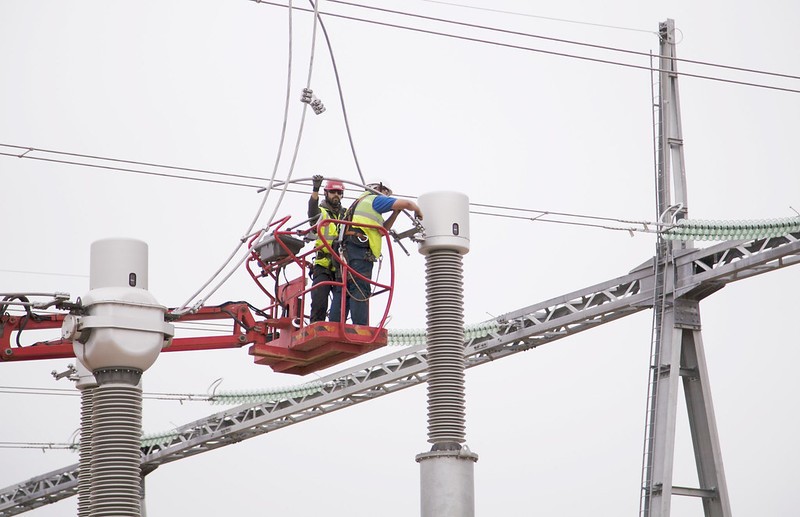
The infrastructure for direct power supply of 75MVA at 400kV is in place.

A solid base ring inside the Tokamak building, and its 18 radial walls – are completed. The cylindrical concrete structure is able to support the load of the ITER machine (23 000 t).
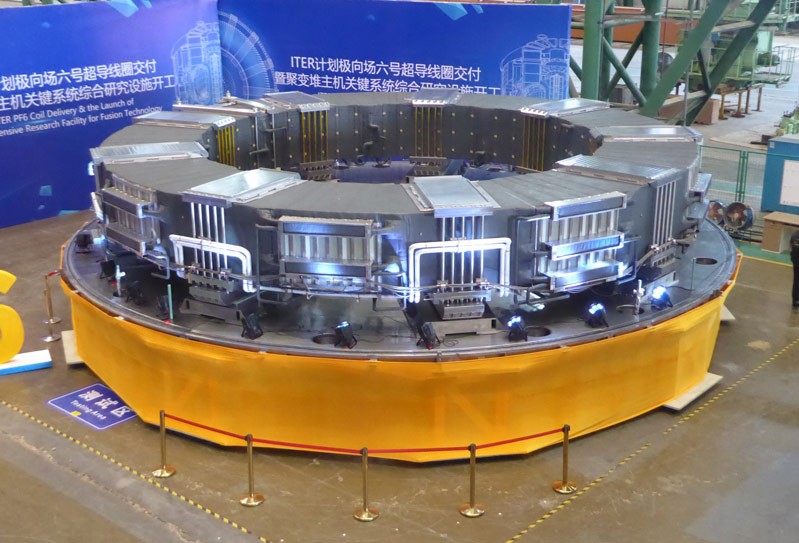
Fabrication concluded for Europe’s first Poloidal Field. Teams moving ahead with final acceptance tests.
The magnet results from the collaboration of F4E (Europe) with ASIPP (China).

The VFR consortium (VINCI, Ferrovial, Razel-Bec) poured the final concrete at the Tokamak building. Approximately 10 types of concrete were developed for its construction.
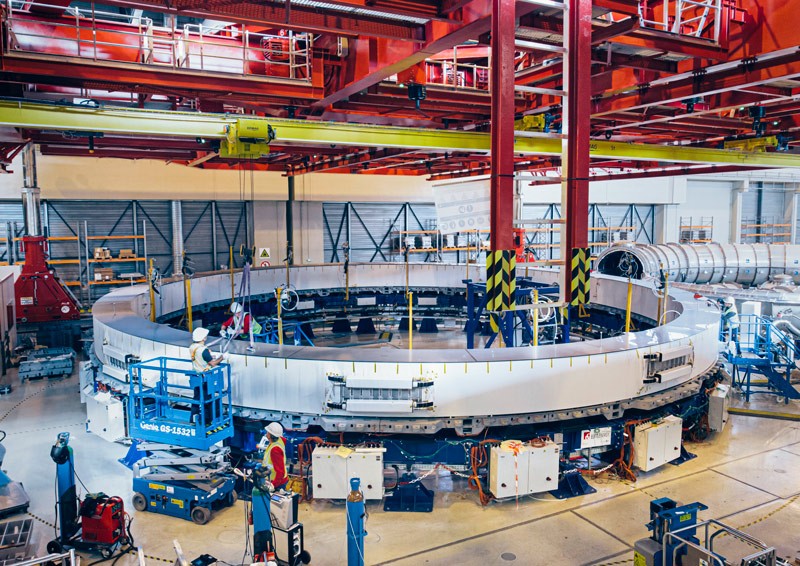
The massive magnetic rings will be used to maintain the shape and stability of the ITER plasma.
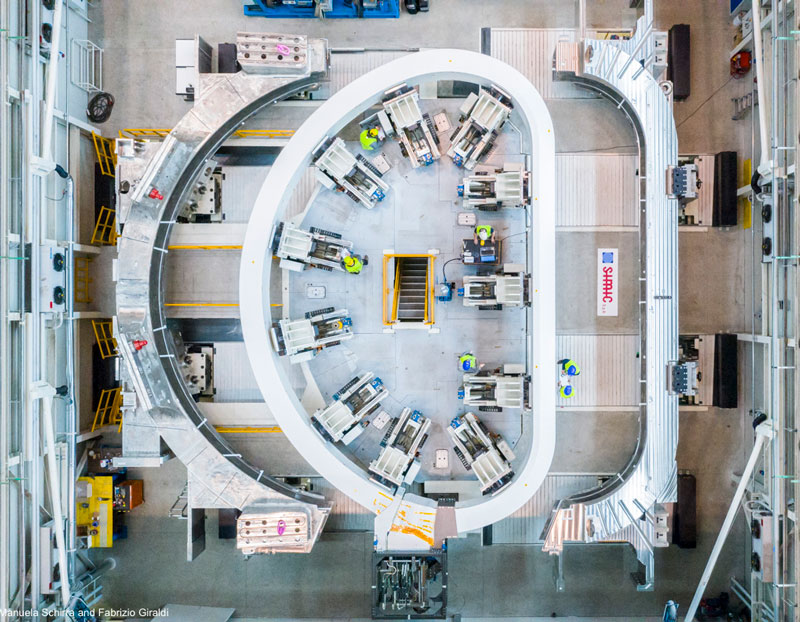
ITER will operate with 18 TF coils in total. Their role is to confine the super-hot plasma. The impressive D-shape magnet, measuring 17 m x 9 m, weighing 320 t, is the first of the ten TF coils that Europe is responsible for. The remaining eight, plus one spare, will be produced by Japan.
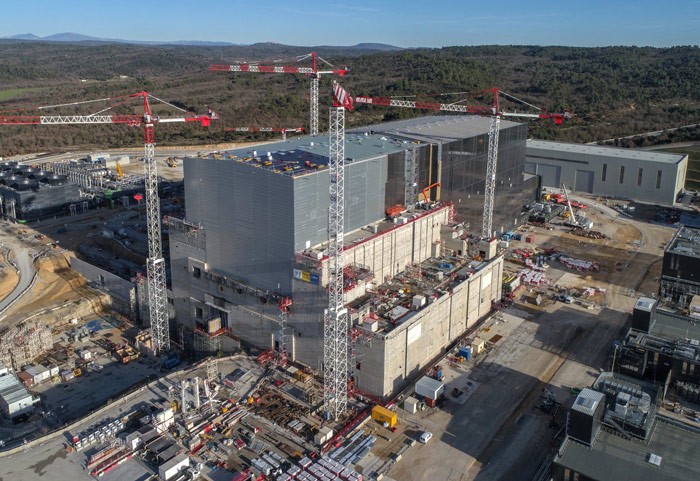
The rooftop of the Tokamak building is completed. It’s the main edifice of the ITER project where the fusion device will be housed. The cranes of the Assembly Hall, the workshop where the gigantic components will be put together, can now access the central pit to unload components weighing up to 1200 t. We are now ready for the assembly phase of the most powerful fusion device in the history of mankind.